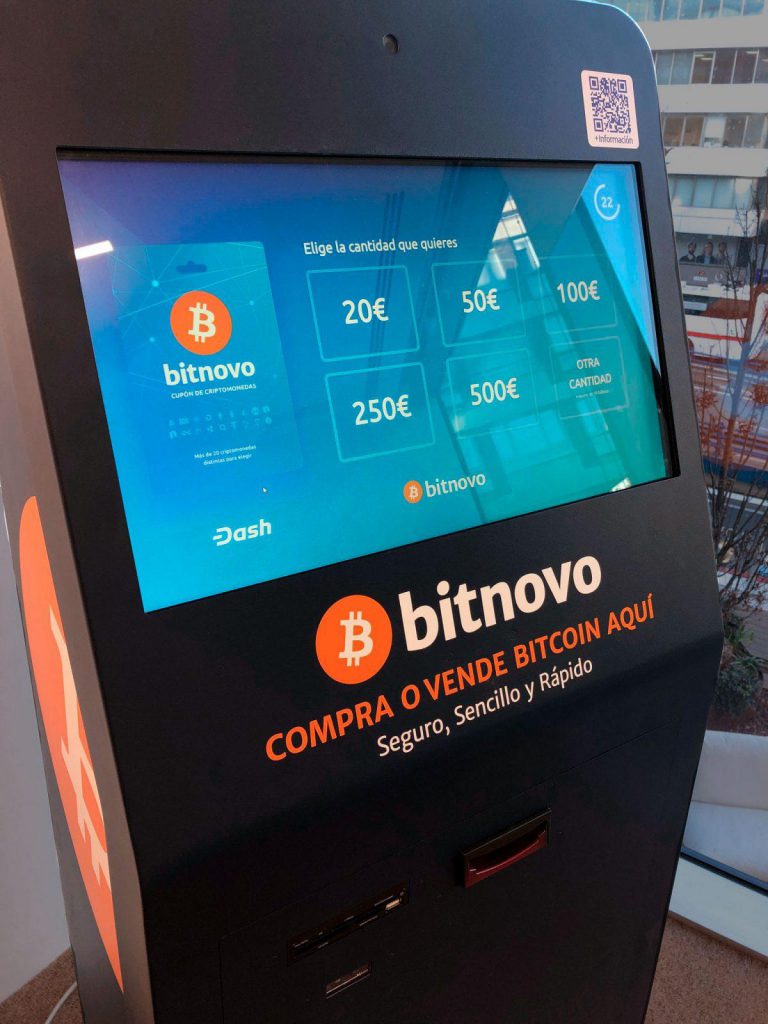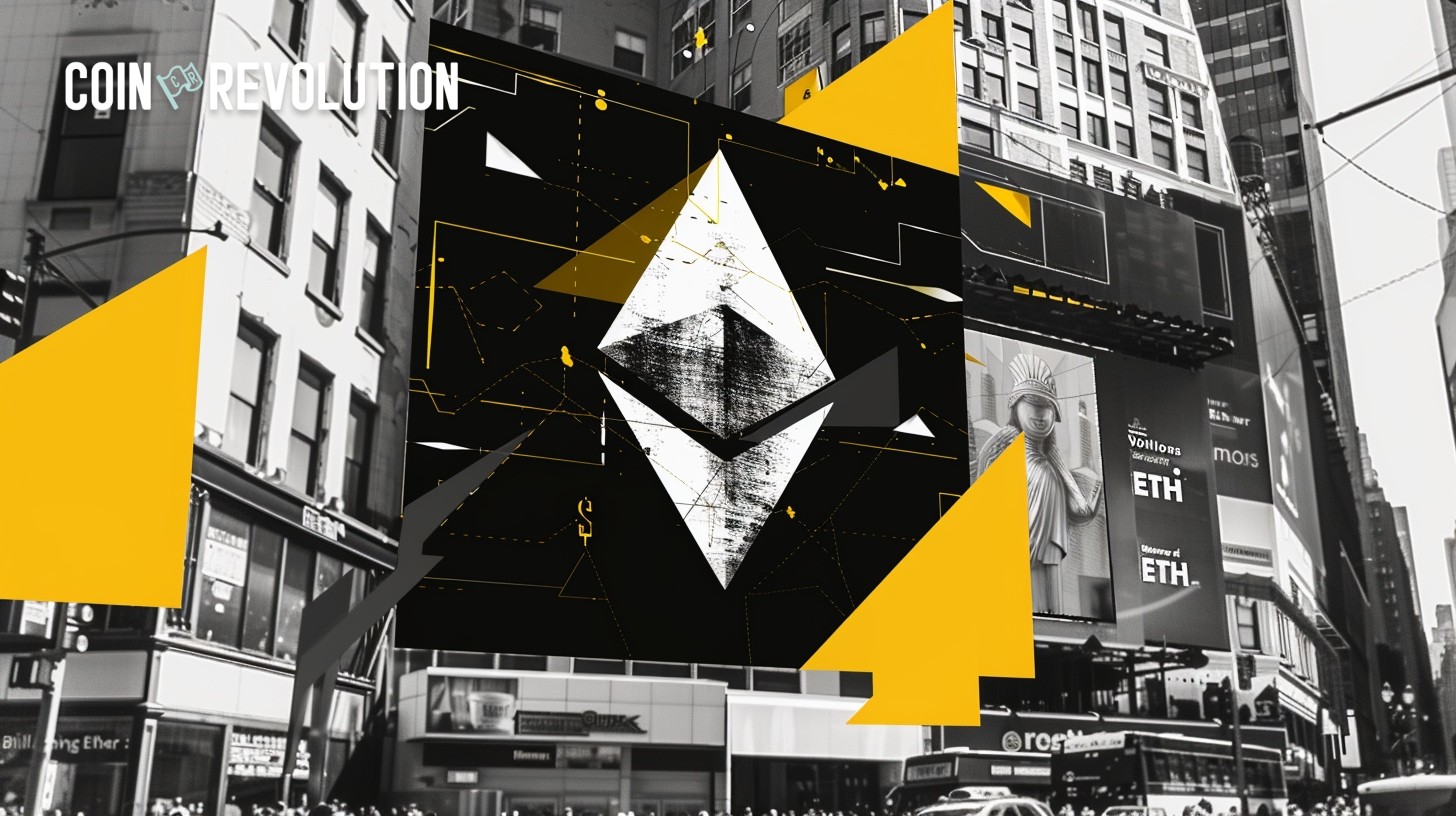How To Use Bitcoin ATM: A Simple Explanation

Wondering how crypto atms work? Learn how to buy and sell BTC using Bitcoin ATMs in this complete guide.
On this page
Thinking of using a Crypto ATM but not sure where to start? This simple guide will walk you through everything you need to know – from buying and selling crypto to understanding how these machines work. It’s easier than you think, even if you’re a total beginner.
What is a Crypto ATM
Ever stared at a sleek-looking machine labeled “Bitcoin ATM” and thought, “Okay… but how do crypto ATMs work?” You’re not the only one. These devices (commonly known as Bitcoin ATMs) are very different from the bank-connected ATMs we’re all used to. Instead of linking to your checking account, they connect to a cryptocurrency exchange or digital wallet.
So, how do Bitcoin ATMs work in real life? Imagine this: you walk up to one, feed it some cash or swipe your debit card, and it tells you how much crypto you’re getting based on the current rate. You then scan a QR code from your wallet, and the crypto is sent your way.
And yep, some of these ATMs also let you go the other way – selling crypto and withdrawing cash. Kind of like magic, but with fees.
How to find a Bitcoin ATM
Trying to locate a Crypto ATM near you? It’s actually simpler than finding a good coffee shop. Just type “BTC ATM near me” into Google, or use a locator tool like CoinATMRadar or a wallet app with GPS features.
These tools aren’t just about maps. They give you the full scoop: what coins are available, whether the Bitcoin ATM supports both buying and selling, opening hours, even fees and user ratings.
In most crypto cities, you’ll see these machines at busy hubs: airports, malls, gas stations. Basically, places where people already move cash and time is short. Super handy for crypto on the go.
Data from CoinATMRadar shows an exponential rise in their numbers across major cities.
For example, Miami has around 788 Bitcoin ATMs – a sharp increase from just 45 machines in 2020. This growth is largely driven by local government initiatives and the city’s ambitions to become a fintech hub.
Barcelona has also shown steady expansion, growing from roughly 58 ATMs five years ago to around 91 today.
Sydney is another example of rapid development. Back in 2020, the city had about 115 crypto ATMs, while today the number has climbed to approximately 409 (source: CoinATMRadar). This reflects how quickly such machines are becoming part of urban infrastructure.
In short, crypto ATMs have gone from novelty to a convenient and familiar way to manage digital assets.

How to Buy Crypto With Bitcoin ATM: Step-by-Step Guide
Not sure how to use a bitcoin machine to buy your first crypto? Don’t worry – it’s not rocket science. Here’s a breakdown even your tech-averse cousin could follow:
- Find a crypto ATM. Use a website or app to locate one nearby.
- Verify yourself. Depending on the country and the machine, you might need to scan your ID or enter your phone number.
- Choose currency. Hit “Buy Bitcoin” or pick another option. Most ATMs support Ethereum, Litecoin, USDT, and other digital assets.
- Pick a payment method:
- Cash: Insert your bills like you’re topping up a vending machine.
- Debit card: Some machines accept card payments. Follow the on-screen instructions and approve the transaction.
- Scan your wallet. Open your crypto wallet app, tap on “Receive,” and show the QR code to the ATM’s scanner.
- Confirm and relax. Once the transaction is processed, your crypto will land in your wallet in just a few minutes.
How to Sell Crypto With Bitcoin ATM: Step-by-Step Guide
Wondering how to use a bitcoin atm to turn your digital coins back into real-world cash? Here’s the lowdown:
- Find a two-way ATM. Not all machines support selling. How do you know? Two-way ATMs clearly show both “Buy” and “Sell” on the screen. One-way machines skip the selling part entirely. Use locator apps to check in advance.
- Choose “Sell Bitcoin”. Follow the prompts like you’re using a parking meter (but for crypto).
- Enter the amount. Decide how much you want to sell.
- Send your crypto. The ATM displays a QR code. Open your wallet, scan the code, and transfer the specified amount.
- Wait for confirmations. Usually, it takes between 1 and 6 confirmations. That’s blockchain-speak for “give it a few minutes.” On average, this means anywhere from 5 to 30 minutes. Some machines send a text when your money’s ready.
- Take your cash. Once it’s confirmed, the ATM gives you your payout.
Are Bitcoin ATMs legal?
Yes, Bitcoin ATMs are legal in many parts of the world – though, as always with crypto, the rules depend on where you are. In the U.S., for example, operators have to register with FinCEN (the financial crime watchdog) and follow KYC (know your customer) and AML (anti-money laundering) regulations.
In Europe, it’s a mixed bag. Some countries welcome them, others put heavy restrictions in place. So if you’re planning to use a machine abroad, it pays to look up local laws first.
Usually, when you use a crypto ATM, you can feel confident that the operator has passed all the necessary compliance checks. It’s standard practice for the machine to request ID or phone number verification, as required by regulatory guidelines.
So, who exactly installs these machines? Here are some of the largest providers in the market:
- Bitcoin Depot is a U.S.-based company with one of the most extensive networks in North America. It operates around 8 500 crypto ATMs across the United States, Canada, and Puerto Rico.
- CoinFlip is a Chicago-based operator with a network of roughly 5 200 machines, primarily located in the U.S.
- CoinCloud is a major American operator active not only in the United States but also in Latin America. The company has deployed over 4 500 two-way crypto ATMs.
- General Bytes is a Czech-based manufacturer that has produced approximately 18 000 machines installed across the globe, including many in Eastern Europe.
- RockItCoin is another U.S.-based provider operating more than 2 500 terminals throughout the country.
These companies ensure full technical support, compliance with safety protocols, regular software updates, and alignment with all current regulatory requirements.

Risks and limitations of Crypto ATMs
Crypto ATMs are quick and convenient, no doubt about it — but they do have a few quirks you should know about before using one.
First off, the fees. These machines can charge anywhere from 7% to 15% per transaction. The first time I saw that, I blinked twice — it’s definitely not cheap. But then again, you’re paying for the convenience of walking in with cash and walking out with crypto in minutes. No waiting, no bank hassle.
Then there are the transaction limits. Most machines cap daily transactions somewhere between $3 000 and $15 000. The actual number depends on where you are and how much ID you’ve verified. Buying tends to be easier — selling usually hits stricter limits, especially on two-way machines.
Availability can also be hit or miss. If you’re in a big city, no problem — you’ll probably pass by a crypto ATM without even noticing. But in smaller towns or rural areas, they’re still pretty rare. Don’t expect to find one next to your local grocery store just yet.
And finally, safety. Most reputable operators place their machines in busy, well-lit locations — shopping centers, banks, places with cameras. But if you find one tucked away in some dimly lit alley? Probably best to skip it and find a better spot.
So before you jump in, remember: if you’re learning how to use bitcoin atm machine, it helps to know the upsides and the trade-offs. Know what to expect, and the experience can be smooth, secure, and maybe even fun.
The information published on CoinRevolution is intended solely for general knowledge and should not be considered financial advice.
While we aim to keep our content accurate and current, we make no warranties regarding its completeness, reliability, or precision. CoinRevolution bears no responsibility for any losses, errors, or decisions made based on the material provided. Always do your own research before making financial choices, and consult with a qualified professional. For more details, refer to our Terms of Use, Privacy Policy, and Disclaimers.










